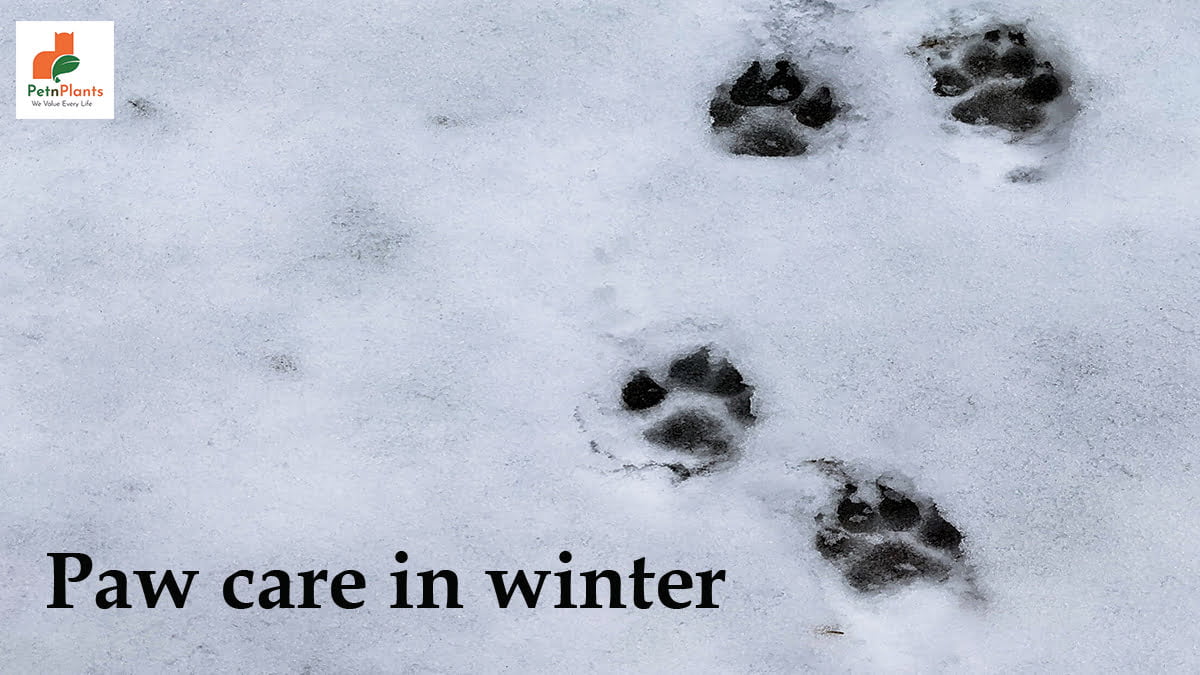How To
Latest
Pet Care
How to Groom Your Dog at Home with the Right Dog Grooming KitMarch 19, 2025
We Value Every Life

Winter can be a tough time for our furry friends. The cold weather and snow can make it difficult for them to get around, and the salt used to melt ice can irritate their pads. That’s why it’s important to take extra care of your pet’s paws during winter. In this blog post, we’ll share some tips on how to do just that. We’ve got you covered, from choosing the right booties to making your paw balm.
As the temperature drops and winter weather sets in, it’s important to take extra care of your pet’s paws. From ice and snow to chemicals used to melt ice, there are several dangers that your pet’s paws can face in winter.
Ice and snow: Ice and snow can harm your pet’s paws for several reasons. Firstly, they can cause your pet to slip and fall, which could lead to serious injury. Secondly, if your pet steps on sharp ice, it could cut its paw. Finally, if your pet licks its paw after stepping in snow or ice, it could ingest harmful chemicals which could make them sick.
Chemicals used to melt ice: Many people use chemicals such as salt or de-icer on their driveways and sidewalks to melt ice and prevent slipping. However, these chemicals can be harmful to your pet’s paws if they step on them. The chemicals can cause irritation and pain and, in some cases, may even burn the skin on your pet’s paw pads. If you must use these products, keep your pet away from the area until the chemical has had time to dissipate.
Cold weather: While most pets can tolerate cold weather relatively well, extreme cold can be dangerous. When temperatures dip below freezing, your pet is at risk for frostbite, which occurs when the skin freezes. Signs of frostbite include pale or grayish skin that feels hard or waxy.
Frostbite and other paw problems are common in winter. Here are some tips to prevent them:
When the weather outside is frightful, you want to make sure you’re taking extra special care of your furry friend’s paws. Here are our top picks for the best paw care products to keep your pup’s feet healthy and happy all winter long:
As the weather gets colder and the days get shorter, it’s important to take extra care of your pet’s paws. Here are a few tips to keep your furry friend’s paws healthy all winter long:
0